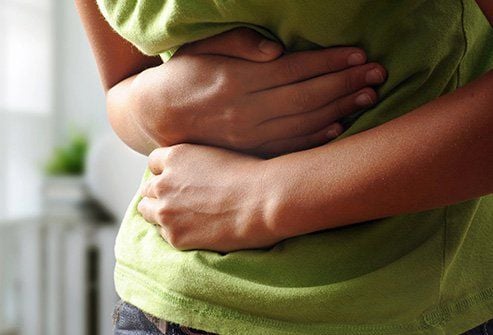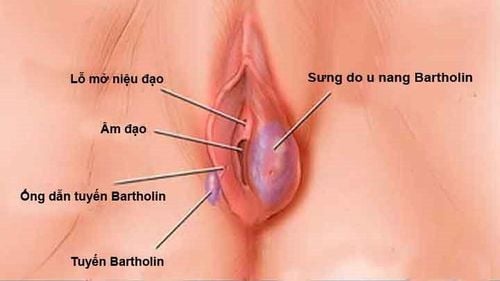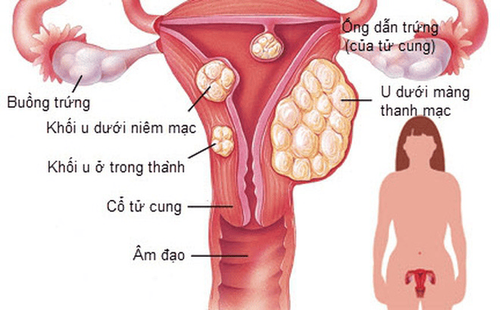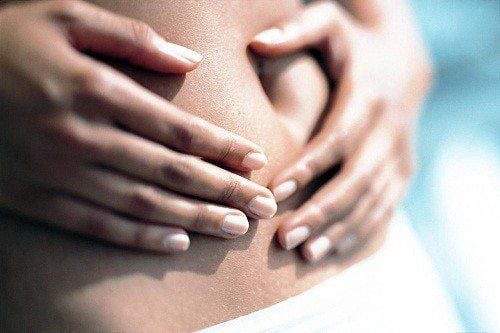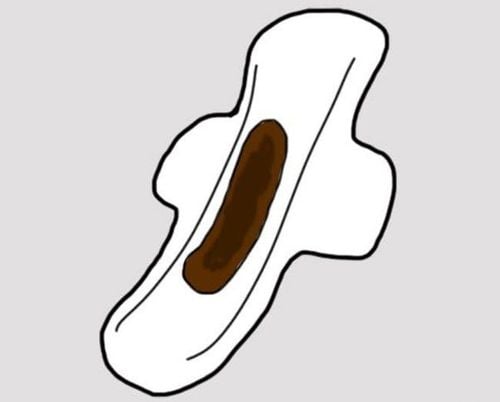This is an automatically translated article.
The good news for patients with uterine fibroids is that this disease can now be treated by embolization without surgery. This is an important step forward in the medical industry, contributing to increasing the success rate of uterine fibroids treatment and helping to preserve a woman's ability to get pregnant.1. What are uterine fibroids?
Uterine fibroids are benign tumors of the smooth muscle cells of the uterus. The disease often causes abdominal pain, menorrhagia, miscarriage, large tumor pressing on the bladder, causing patients to feel sad to urinate a lot or urinary retention; or make the patient's belly look like a pregnant woman.Uterine fibroids are common in women aged 30 - 50 with about 30% of women in this age group having the disease. The cause of uterine fibroids is related to hormones, when estrogen is high, the tumor enlarges, whereas when estrogen decreases, the tumor gradually shrinks. Many people have the misconception that fibroids only occur in married women. In fact, women after getting married and giving birth have this disease more because postpartum factors favor the growth of fibroids. However, there are still many unmarried young people, even a 17-year-old patient suffering from this disease.
When discovering that I have uterine fibroids, the patient needs to see a doctor so that based on the testing process, the doctor will decide whether to intervene to remove the tumor or not? The doctor will prescribe treatment: medication, embolization, surgical removal of the tumor or hysterectomy... depends on the size of the tumor, the position of attachment to the uterus.
However, it should be noted that when women undergo surgery, they will accept that they are no longer able to become mothers.
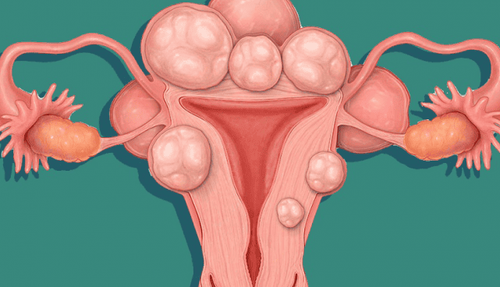
U xơ tử cung phổ biến ở phụ nữ độ tuổi 30 - 50 với khoảng 30% phụ nữ ở độ tuổi này mắc bệnh
2. How big can uterine fibroids be?
Uterine fibroid embolization is a treatment that many patients with uterine fibroids are interested in. This method has a success rate of 95%, and also helps to preserve the function of motherhood.After embolization, up to 9-12 months, uterine fibroids will gradually decrease in size. When the ultrasound checked, there was still a small tumor, but it was actually just a scar. In a few cases, the fibroids are necrotic, fall into the uterine cavity and are pushed out in a natural way.
With the above advantages, but depending on the size and position of attachment to the uterus, the doctor chooses the embolization for the patient. Specifically, uterine fibroid embolization is indicated in the following cases:
Fibroid tumors in the uterine muscle less than 10cm in size, with clinical symptoms caused by the tumor such as abdominal pain, menorrhagia. .. Subserosal tumor with adhesion area of the tumor to the uterine muscle greater than or equal to 2cm; Submucosal tumor less than 5cm in size; Uterine fibroids in those who want to preserve the uterus for childbirth or improve the quality of life; The patient's blood tests, blood coagulation function, liver and kidney function and vaginal cells were normal. In case the patient's fibroids are too large, more than 10cm in diameter or there are many masses over 7cm in diameter, the embolization method will not be used. In addition, the patient has infectious diseases, liver failure, severe kidney failure; have hemophilia; diabetes, history of allergy to iodine-containing products; history of bronchial asthma ... is not indicated to use this method.
After surgery, in the first 1 - 2 months after treatment, the patient completely or almost completely disappears from symptoms. The effectiveness of this method is suitable for patients with multiple fibroids. Fibroid recurrence after treatment with this method is very rare, only about 1% of the total cases.
In the treatment of uterine fibroids, in the past, if surgery deprived a woman of her ability to become a mother, today, embolectomy will preserve the chance of motherhood, but the ability to conceive and give birth. After embolization treatment depends on each patient. Those who want to get pregnant after treatment need to be examined and examined by color ultrasound more closely and meticulously, should only get pregnant after 9-12 months from the date of treatment.
After the treatment of uterine fibroids without surgery, the patient should pay attention to walking gently for the first week; avoid eating stimulants such as chili, pepper; do not soak in the bath for the first two weeks; abstaining from marital activities in the first month; Periodic examination according to the schedule 3 - 6 - 12 months after treatment.
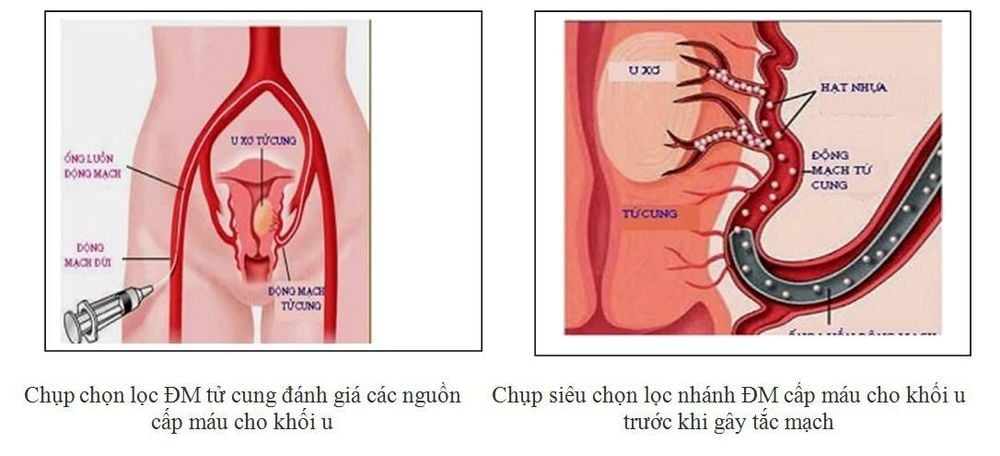
Nút mạch u xơ tử cung đang là biện pháp điều trị được nhiều bệnh nhân u xơ tử cung quan tâm
3. Where is the best place to treat uterine fibroids?
Successful uterine fibroid embolization will bring the woman's chance to get pregnant again. Therefore, when choosing a hospital to treat uterine fibroids, patients should choose a hospital with advanced technical equipment, a team of professional doctors and nurses to bring the best treatment effect.At Vinmec Da Nang International Hospital, the method of digital background scan and embolization is applied to treat uterine fibroids with many outstanding advantages. The implementation process goes through steps from patient preparation, instrument and intervention room preparation, patient handover and reception, intervention to post-intervention care at Vinmec Danang. strict technical standards. In particular, a team of well-trained, experienced doctors and a system of modern equipment will help improve treatment efficiency significantly.
Please dial HOTLINE for more information or register for an appointment HERE. Download MyVinmec app to make appointments faster and to manage your bookings easily.




